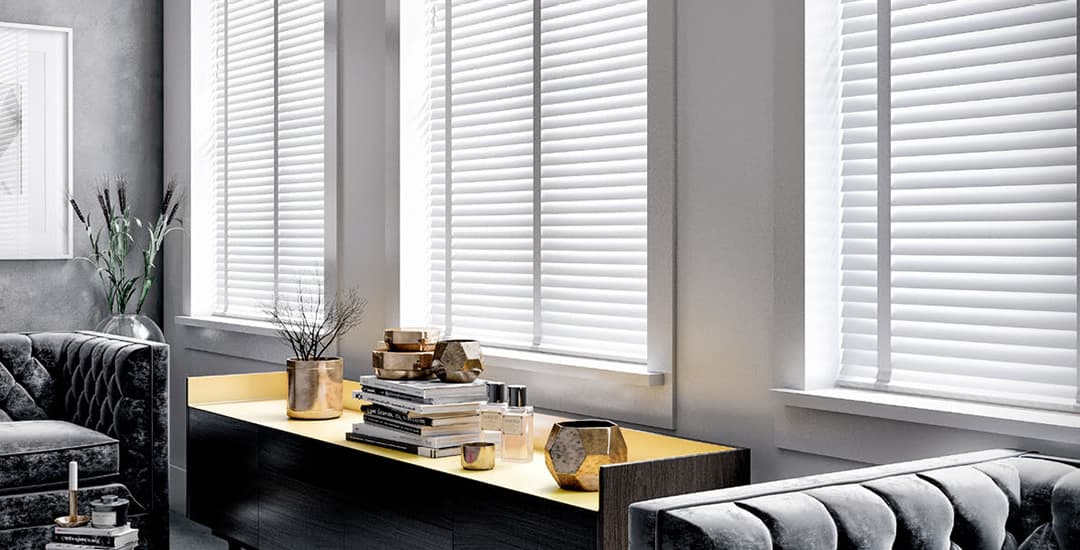
Are wooden blinds out of style? Definitely not. Do not confuse the enduring appeal of something that looks great and does what it is supposed to do with it being out of date, friends!
Wooden blinds have a simplistic, classical design that has changed little over the course of their history, and this means that they don’t tend to age badly, look dated as tastes change, or go in and out of fashion as a result.
Asking “are wooden blinds out of date” is a bit like asking if the little black dress is no longer a thing; it’s timeless.
Wooden blinds are the little black dress of the blinds world, only large, often white, and a blind. But other than that, identical…
Are wooden blinds old fashioned?
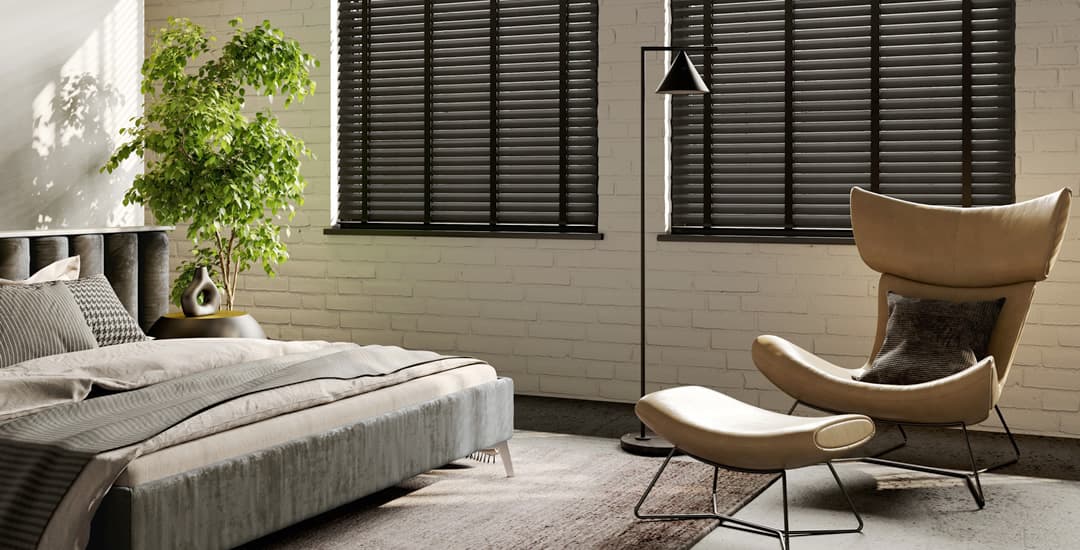
Wooden blinds are a good example of the type of design that is innately functional but also visually appealing. While there are a few different aspects of a wooden blind you can style to suit (such as the colour and finish, width of the slats, and use of ladder tapes or nah) that’s about it.
This means that wooden blinds from a decade or more ago still don’t look out of date or unfashionable now, even if the room around them has been revamped a couple of times since.
Also, depending to an extent on your colour and finishing choices, a wooden blind works well within more or less any type of interior.
People choose wooden blinds for all sorts of homes, ranging from modern, minimalistic penthouse apartments to country cottages, and even slightly more unusual applications like beach huts, log cabin chalets, and in one case that we got particularly excited about, a converted windmill! How cool is that…
Where do wooden blinds originate from?
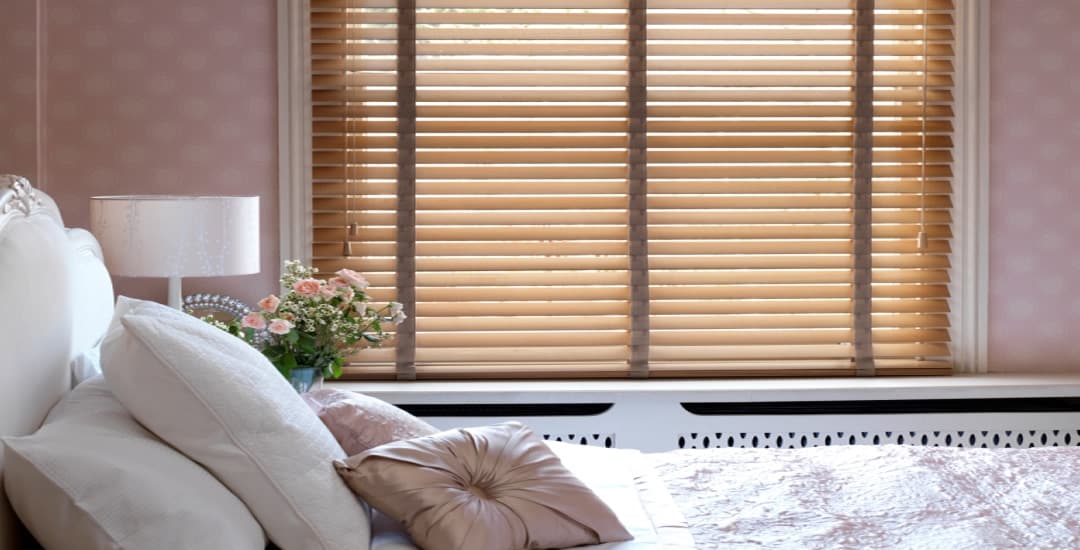
Wooden blinds are a type of Venetian blind, and if you think I’m about to say “and they originated in Venice,” well, surprise: no. They actually originated in Persia (modern-day Iran), so far back in the mists of time that we don’t actually know how long they’ve been around for altogether.
What we do know is that they were later exported out through Europe and quickly caught on, to the point that they really picked up steam in terms of popularity when they hit fashionable Venice and the European courts in the 1700s.
This gives you an idea of how long wooden blinds have been around for, as they were already firmly established in Persia and had been for centuries by the point the Western world got in on the act some 400 or so years ago.
What are the benefits of wooden blinds?
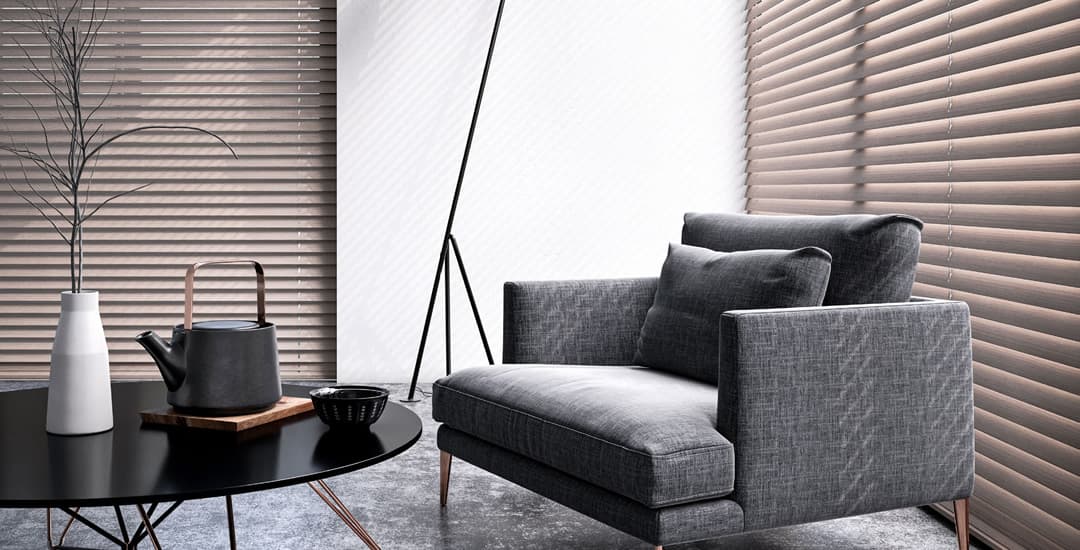
So, what are the benefits of wooden blinds and how come they’re still popular today? There are several elements to this.
- In terms of their functionality, wooden Venetian blinds offer the greatest level of adjustability of light and privacy control, making them suitable for pretty much all rooms and applications.
- They’re also a natural insulator, which can help to improve the energy efficiency of your home.
- Wooden blinds have a clean, minimalistic appearance that blends well with virtually any type of interior, from one that is itself constructed of clean, fresh lines, to those that are a little “busier,” such as a shabby chic or country cottage aesthetic.
- They fit nautical themes, traditional and period homes, and more or less any other style or design period you can think of.
- The finish or colour of the blind can be made to compliment or alternatively contrast with a room’s theme; and even to emulate any one of a huge number of different types of wood to suit rooms that already have a lot of wooden furniture or fittings.
- The choice of ladder tapes or lift cords and the various different colour options for ladder tapes, if chosen, also enables you to really put your own stamp on things and get just the finish and appearance you want.
- Our wooden blinds are made of natural wood (sustainably sourced basswood, to be specific) and simply the fact that wood is a natural material has a lot of appeal for many people. This applies both in terms of styling, and because it’s nice to have natural materials in your home where possible.
Are wooden blinds eco-friendly?
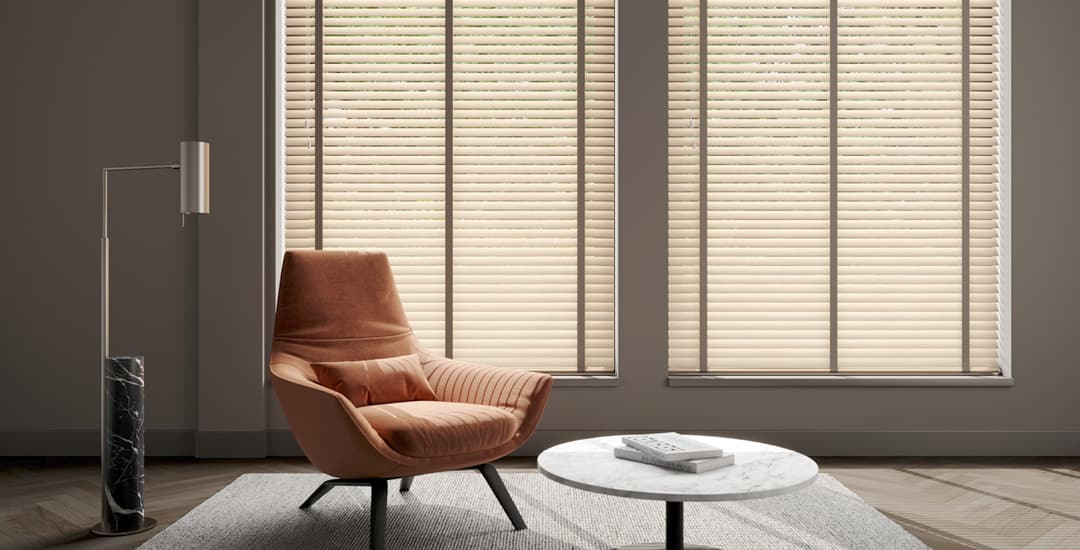
Choosing wooden blinds helps to support sustainable forestry and the communities that manage and work with it. As long as you buy from a wooden blinds retailer who sources their wood with care and grows/buys/transports it ethically, wooden blinds are an eco-friendly natural material that is carbon neutral and not harmful to the environment – nor the communities that grow and work with it.
We actually get asked a lot of questions about the provenance of our wood, forestry methods, and so on from ethically conscious consumers, including sometimes being asked “are wooden blinds vegan?”
I spent quite a while researching a comprehensive answer to this one to ensure I could field the question with confidence, and can confirm that none of the treatments, paints, or lacquers, nor dyes, materials, or accessories used within the manufacture and finishing of our wooden blinds contain animal products. As far as I can drill down, our wooden blinds are vegan and do not involve the use of any animal products.
Production-wise, the basswood forests we source our wood from are sustainably managed and do not contribute to deforestation, nor habitat destruction for the native wildlife.
Are wooden blinds popular?
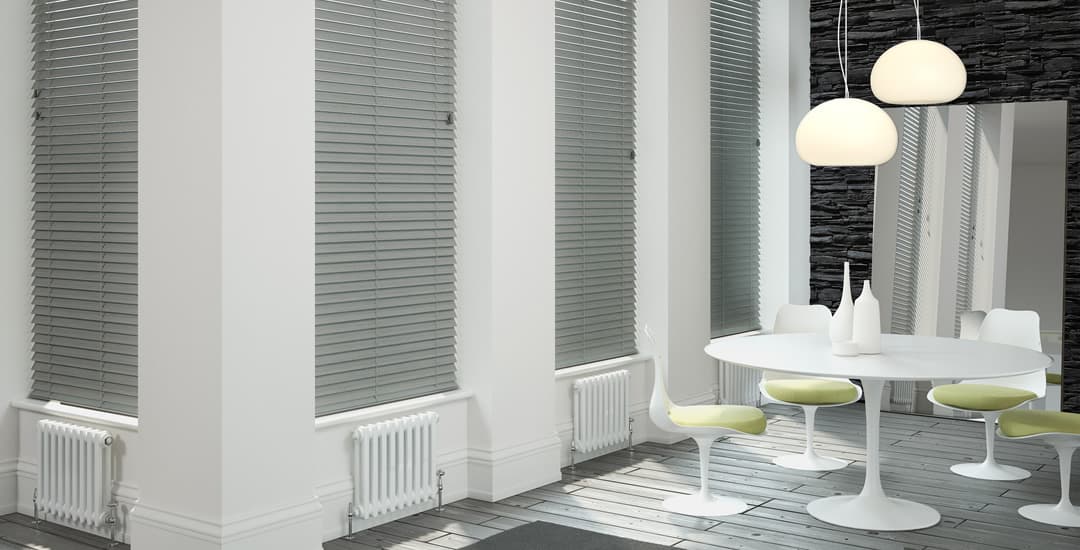
In able to meaningfully answer the question of “are wooden blinds out of style” we really have to look at the popularity of them compared to other types of blinds and the sort of ratios of different types of blinds we sell.
We’ve been making and selling blinds since the 1980s and wooden blinds have been an important part of our repertoire since the beginning. In terms of window blinds prices, they do fall towards the higher end of the scale compared to most other types of blinds, and so to an extent, pricing does influence choice for many people who don’t have an unlimited budget to decorate with.
The sort of ratio of wooden blinds we sell compared to other types has been largely consistent since the beginning, and if anything, they’ve become somewhat more popular over the last five or so years too.
If I had to make an informed guess as to why this is, I’d conjecture that it relates to the traceability and eco-credentials of wooden blinds. (By this I mean ours specifically, I don’t know about and so can’t comment on readymade wooden blinds from high street retailers where the actual wood involved isn’t even specified.)
This is really because the level of interest I’ve seen from buyers regarding the specifics of wooden blinds – questions about the type of wood we use, where we get it from, and questions about forestry, sustainability, and support for forestry communities – have all increased exponentially within that same period of time.
The sorts of colours and finishes that people pick for wooden blinds can be variable, and you can have them made in virtually any colour you can think of. Overall though by far our most popular wooden blinds are white painted ones that create a plantation shutters type of style, followed by those in grey shades and various natural wood finishes; far over and above bright or distinctive coloured options.
What’s an alternative to real wooden blinds?
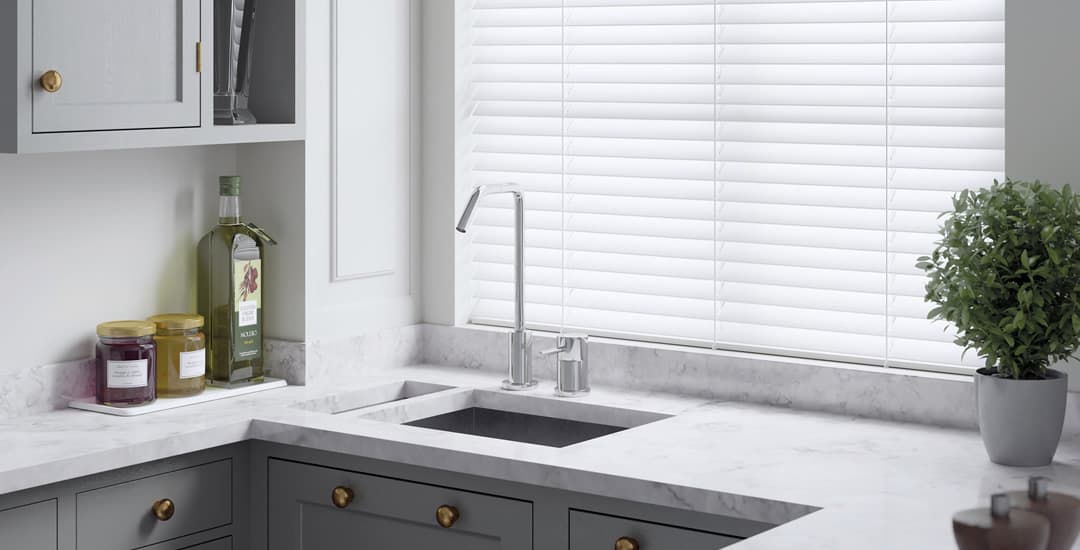
One final thing to note if your heart says “wooden blinds” but your wallet says “lol, or food for the month maybe?” is that faux-wood venetian blinds might be worth a second look too.
Appearance-wise these are almost indistinguishable from real wooden blinds at a glance and certainly don’t look cheap or second grade; but as a trade-off, you don’t get the same tactile quality that you do with real wooden blinds, nor the use of the natural material that is a big part of the appeal for many.





Wooden blinds will never be outdated they’re decoration